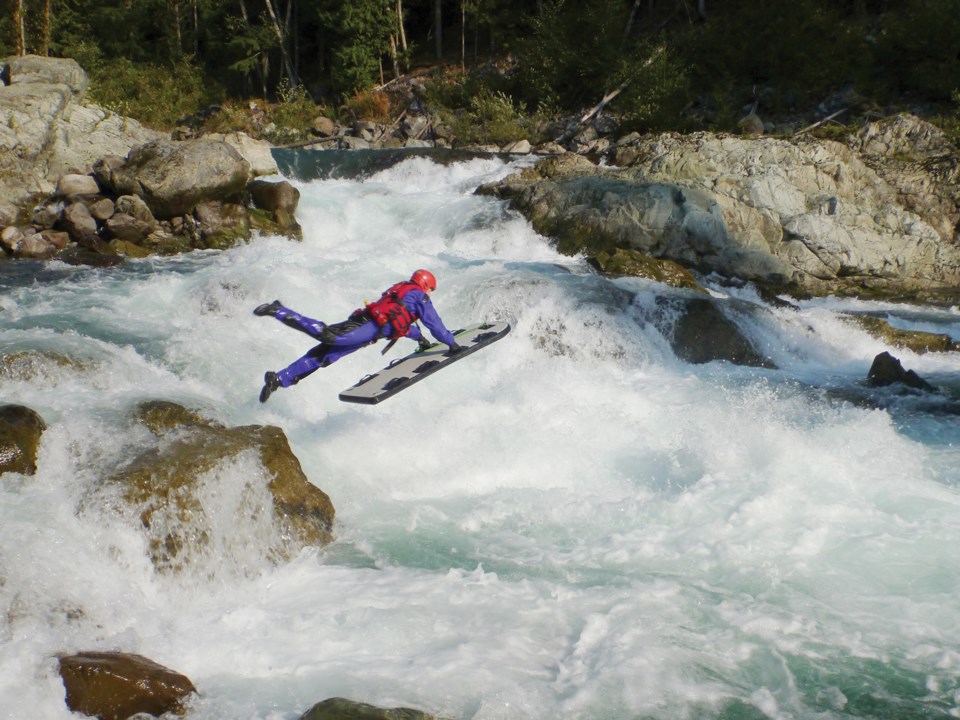It’s shaping up to be another busy year for Squamish Search and Rescue members.
From Jan. 1 to Sept. 15, rescuers attended 79 calls, according to BJ Chute, the volunteer organization’s president.
“Certainly our call volume is rising,” Chute said.
In recent years, 90 calls over 12 months is typical and the team is on track to reach that number, or more, this year. Over the summer the team fielded 40 calls.
This winter was busier than usual, Chute added.
“We typically do two or three calls per month in the winter and if you look at February we had five, same with March, so it was a little bit busier in the off season,” he said. The Stawamus Chief was a hot spot responsible for 22 of the calls for help.
Most calls were for injured or lost hikers and climbers.
The Aug. 7 fall of a hiker from the Al Habrich Trail was the only death of the year, Chute said.
A long-line or HETS (helicopter external transport system) was required for rescues 11 times this year so far, double the typical five such calls.
“Certainly we have done more HETS calls this year than we have in any other years,” Chute said.
“I think that a lot of it has to do with where the people are injured. If they are in an area and we can deploy a HETS team, it is very safe and very efficient and it exposes very few rescuers – if it is an option, then it is a good option.”
Chute said, surprisingly, the addition of the Sea to Sky Gondola in May of 2014 hasn’t increased calls drastically.
“Certainly we do calls in the gondola area. It has changed some of the terrain that we are going into. There’s a lot more technical terrain that is easy to get to so we are doing more of those calls,” he said. “But I don’t think it has necessarily spiked our call volume the way we thought it would or the way lots of people seem to think that it has.”
SAR currently boasts 60 members, as it has for the last two years, and managers of the organization are currently in the midst of doing a needs-analysis.
If it is determined more volunteers are needed, training would start this winter, with the goal of having volunteers field-ready by the spring. The analysis is based on if there are enough members available for all calls – mid-week it can sometimes be tougher to get rescuers who work full-time at paid jobs, Chute said – and if there are roles on the team that require special skills that could be sourced from the community.
“So if we needed the assistance of people who have high rope skills or guiding skills we might recruit specifically for that.”
Chute stressed that the time commitment required to be a SAR volunteer is “massive.” He credits the organization’s many volunteers who are “fully committed.”
“It is a dedicated group and it is a privilege to work with them,” he said.
To learn more about Squamish Search and Rescue, go to www.squamishsar.org.




